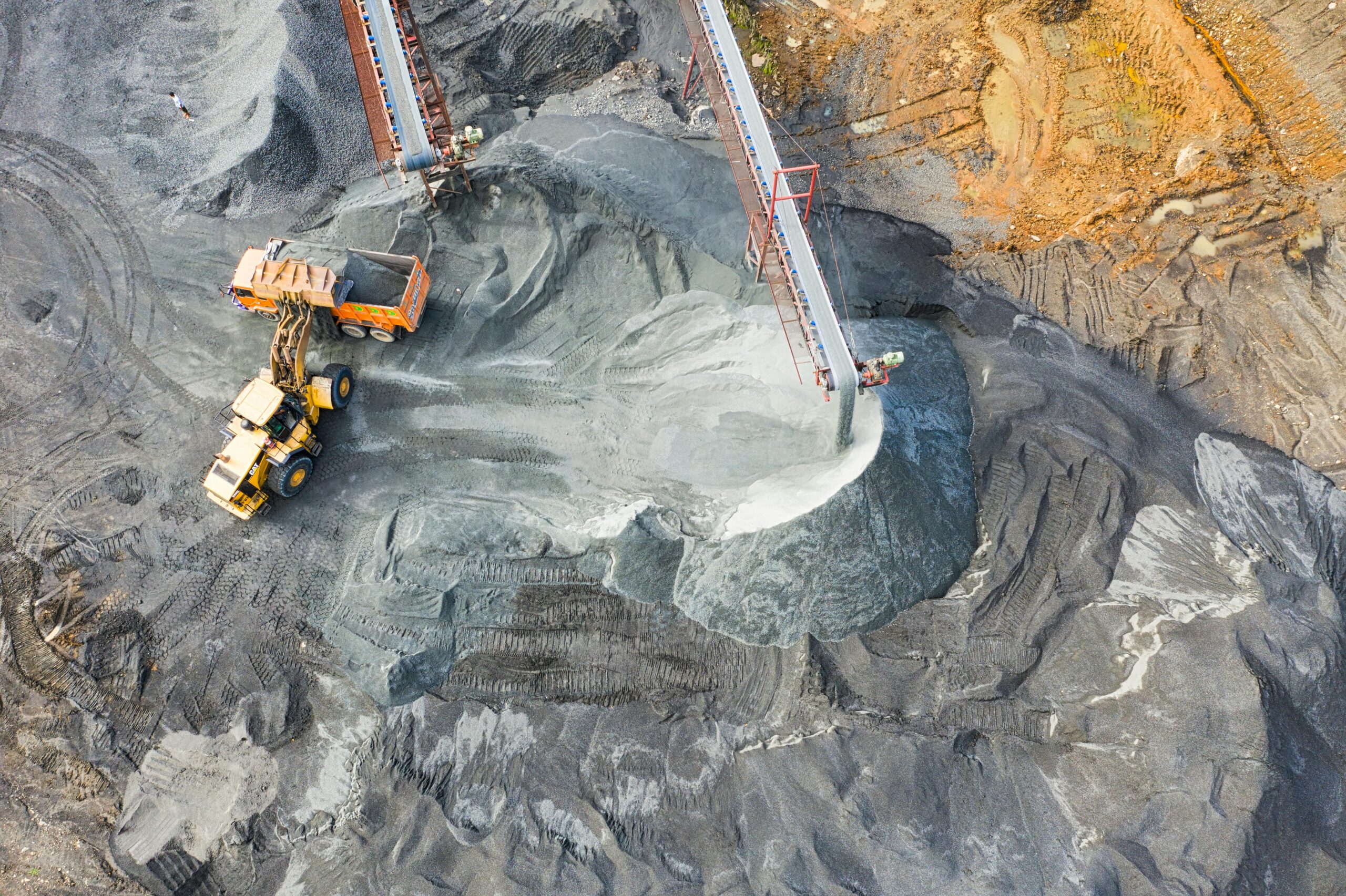Deforestation is one of the most pressing environmental issues facing the planet today, characterized by the large-scale removal of trees from forested areas. This phenomenon has profound implications for biodiversity, climate change, and human well-being. As forests are cleared for agriculture, logging, and urban development, the consequences extend far beyond the loss of trees, affecting ecosystems and communities worldwide.
The Drivers of Deforestation
- Agricultural Expansion
Agricultural activities are the leading cause of deforestation, particularly in tropical regions. According to the Food and Agriculture Organization (FAO), approximately 80% of deforestation is attributed to agricultural expansion, including the cultivation of cash crops like soy and palm oil. The demand for these products continues to rise, driving farmers to clear vast areas of forest land for cultivation. - Logging and Timber Extraction
Logging, both legal and illegal, contributes significantly to forest loss. Timber is a valuable resource for construction, furniture, and paper products. Unsustainable logging practices, such as clear-cutting, not only reduce forest cover but also disrupt local ecosystems and wildlife habitats. The World Wildlife Fund (WWF) estimates that logging is responsible for around 17% of global deforestation. - Infrastructure Development
As urban populations grow, infrastructure development—including roads, cities, and industrial sites—expands into forested areas. The construction of roads facilitates access to remote areas, often leading to further deforestation as people move in to exploit natural resources. The United Nations Environment Programme (UNEP) highlights that infrastructure projects can fragment habitats and isolate wildlife populations. - Climate Change
Ironically, while deforestation contributes to climate change by releasing carbon stored in trees, it also makes forests more vulnerable to the impacts of climate change. Increased temperatures and changing precipitation patterns can stress forests, making them more susceptible to pests, diseases, and wildfires. A study published in Nature Climate Change emphasizes the need for sustainable forest management to build resilience against climate impacts.
The Consequences of Deforestation
- Loss of Biodiversity
Forests are home to more than 80% of terrestrial species. Deforestation leads to habitat destruction, endangering countless species and contributing to biodiversity loss. The International Union for Conservation of Nature (IUCN) reports that over 28,000 species are threatened with extinction, many of which rely on forest ecosystems for survival. - Climate Change
Forests play a crucial role in carbon sequestration, absorbing carbon dioxide from the atmosphere. When trees are cut down, this stored carbon is released, exacerbating climate change. The Intergovernmental Panel on Climate Change (IPCC) estimates that deforestation accounts for approximately 10% of global greenhouse gas emissions. - Impact on Indigenous Communities
Many indigenous communities depend on forests for their livelihoods, culture, and identity. Deforestation disrupts their way of life, often leading to social and economic marginalization. The United Nations Declaration on the Rights of Indigenous Peoples emphasizes the need to protect the rights of these communities and their ancestral lands. - Soil Erosion and Water Cycle Disruption
Trees play a vital role in maintaining soil health and regulating the water cycle. Deforestation can lead to soil erosion, reduced fertility, and increased vulnerability to floods and landslides. The Food and Agriculture Organization (FAO) estimates that deforestation contributes to the degradation of 30% of the world’s arable land.
Solutions and Sustainable Practices
To combat deforestation, a multifaceted approach is necessary:
- Sustainable Agriculture
Promoting agroforestry and sustainable farming practices can reduce the pressure on forests. Techniques such as crop rotation, intercropping, and organic farming help maintain soil health and minimize land clearing. - Reforestation and Afforestation
Initiatives to restore degraded forests and create new forests through planting can help sequester carbon and enhance biodiversity. Organizations like the Bonn Challenge aim to restore 150 million hectares of deforested and degraded land by 2020. - Strengthening Regulations
Governments must enforce stricter regulations on logging and land use to protect forests. Implementing policies that incentivize sustainable practices can help balance economic development with environmental protection. - Community Engagement
Involving local communities in forest management and conservation efforts is crucial. When communities have a stake in the preservation of their forests, they are more likely to engage in sustainable practices.
Conclusion
Deforestation is a complex issue driven by human activities, with far-reaching consequences for the environment and society. Addressing the underlying causes of deforestation requires a collective effort from governments, businesses, and individuals. By adopting sustainable practices, enforcing regulations, and engaging communities, we can work towards preserving our forests for future generations.








Leave a Comment